6 Free Lens Flare Photos transparent PNG images
Discover our curated collection of 6 free AI-generated Lens Flare Photos, offering a stunning variety of stock photos, 3D objects, vectors, and illustrations. Each image captures the magical interplay of light and optics, perfect for adding drama and atmosphere to your projects. Download these high-resolution images for free, or use our innovative 'open in editor' feature to fine-tune the prompts and regenerate images that match your exact vision.
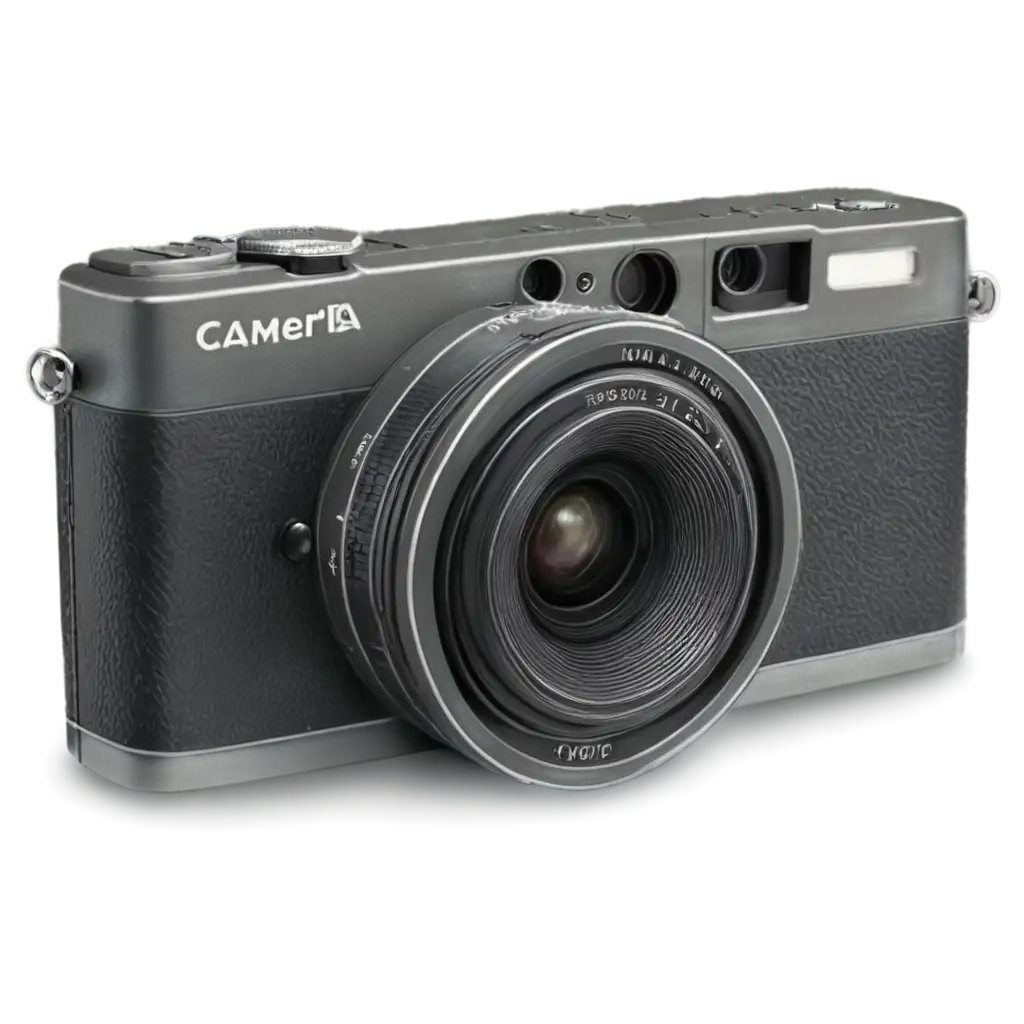
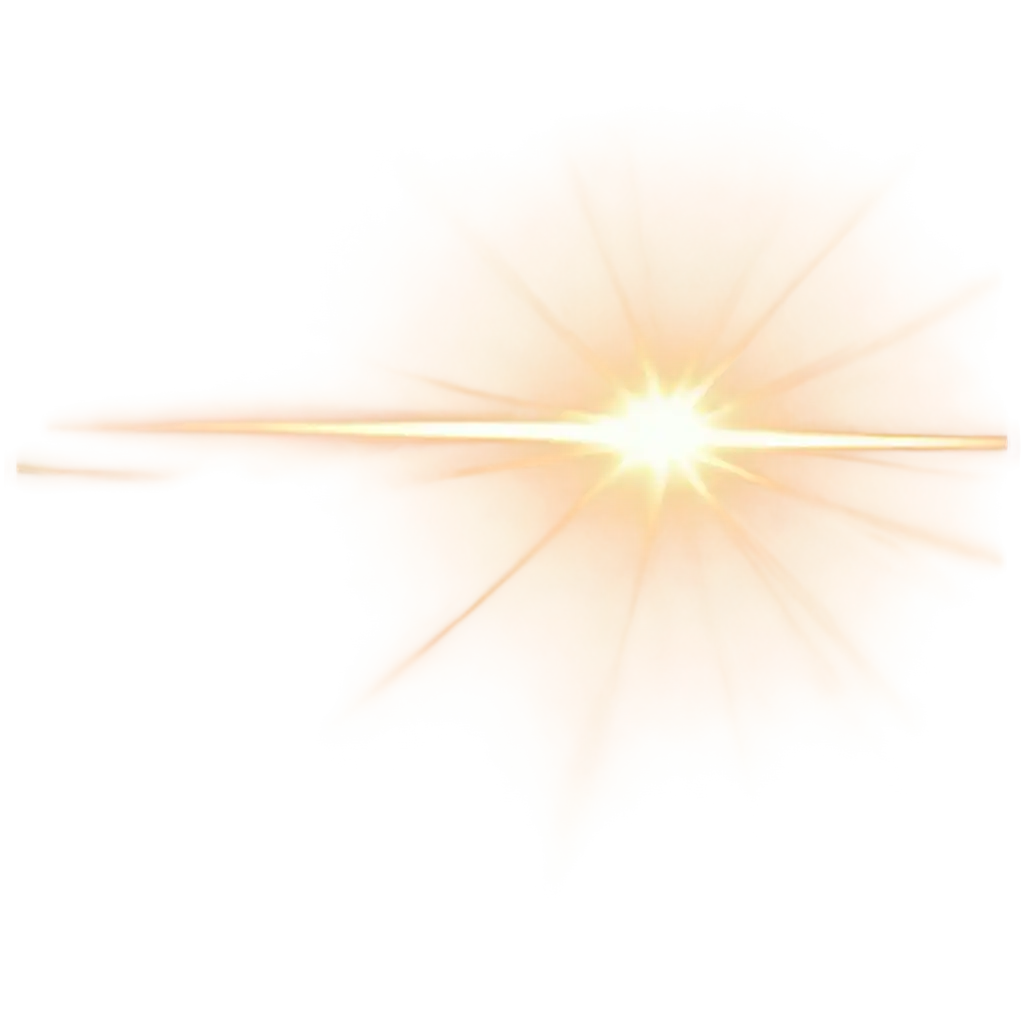
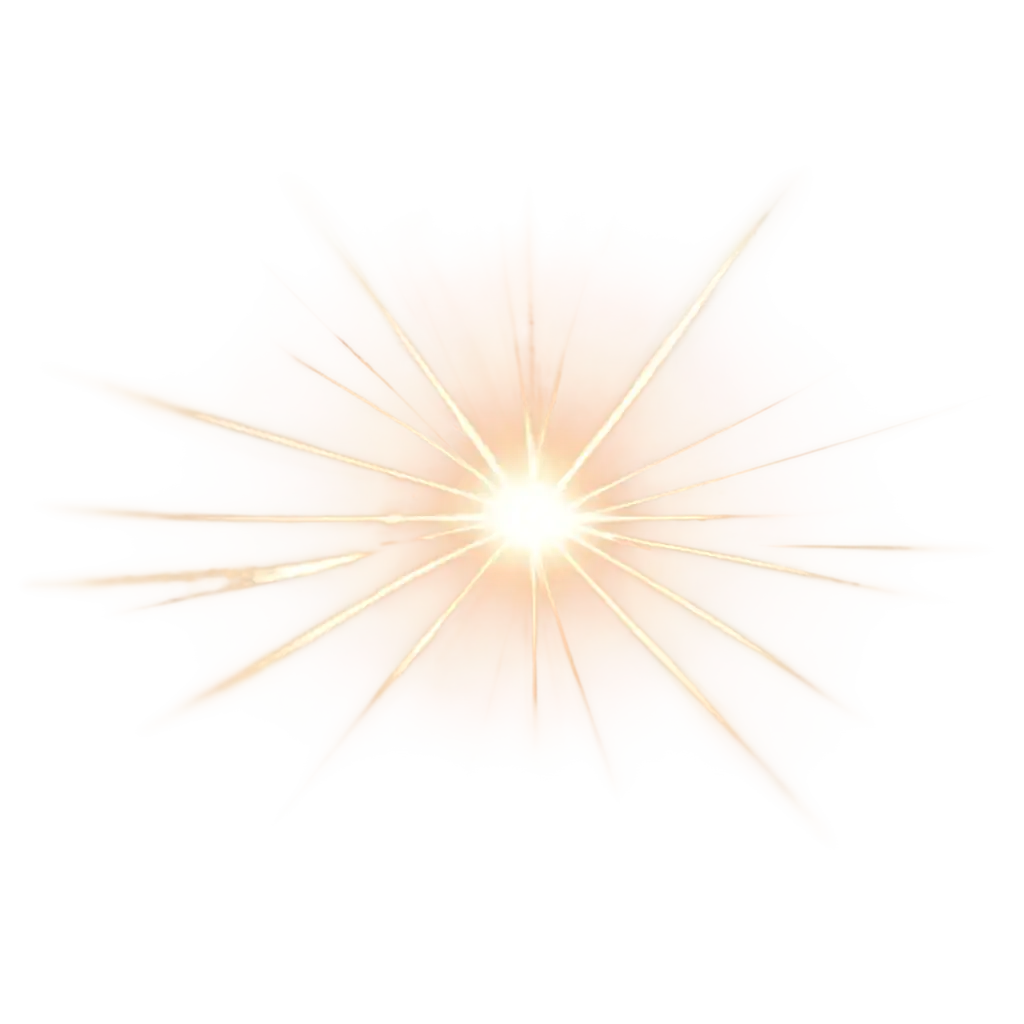
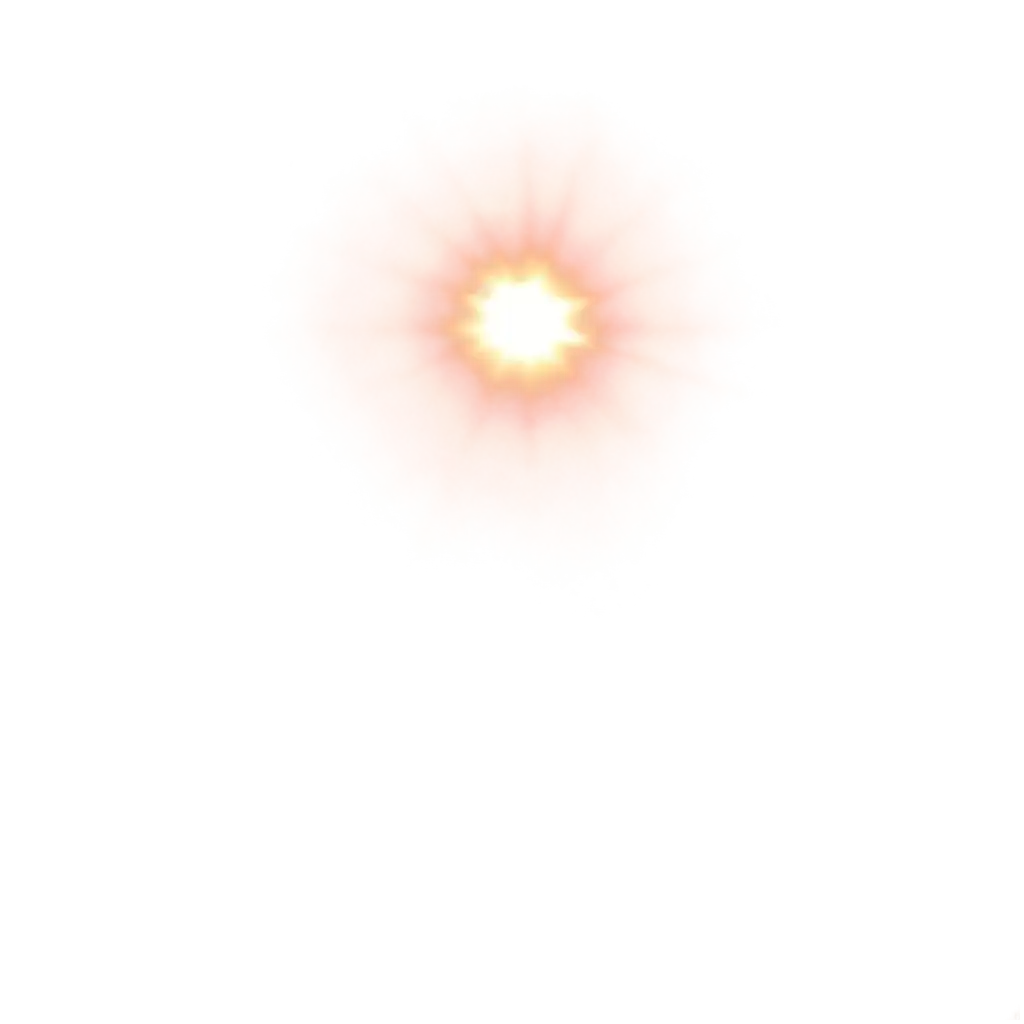
Related Tags
Lens flares occur when light scatters or flares in a lens system, creating artifacts and patterns in photographs. Originally considered a technical flaw in photography, lens flares have evolved into a sought-after aesthetic element. In AI-generated images, lens flares add authenticity and cinematic quality, mimicking the interaction of light with camera optics. These effects can range from subtle rainbow-colored circles to dramatic streaks of light that create depth and atmosphere in digital compositions.
Understanding Lens Flares: From Photography Flaw to Creative Tool
AI-generated lens flares come in various styles, each serving different creative purposes. Anamorphic lens flares, characterized by horizontal streaks, are popular in cinematic compositions. Circular flares create a natural sunlight effect, while prismatic flares add rainbow elements ideal for ethereal scenes. These effects find applications in digital photography, movie posters, album artwork, and social media content. The versatility of AI-generated flares allows for precise control over intensity, color, and positioning, making them valuable tools for both subtle enhancement and dramatic impact.
Types of AI-Generated Lens Flare Effects and Their Applications
Achieving realistic lens flares through AI generation requires understanding key parameters. The positioning of light sources affects flare direction and intensity, while color temperature influences the overall mood. For natural-looking results, consider the scene's lighting conditions and camera angle. Optimal prompts should specify flare type (anamorphic, circular, or prismatic), intensity level, color palette, and desired atmosphere. Advanced techniques include combining multiple flare types, adjusting opacity levels, and incorporating environmental factors like dust or fog for enhanced realism.
Creating Perfect Lens Flares with AI: Technical Guidelines